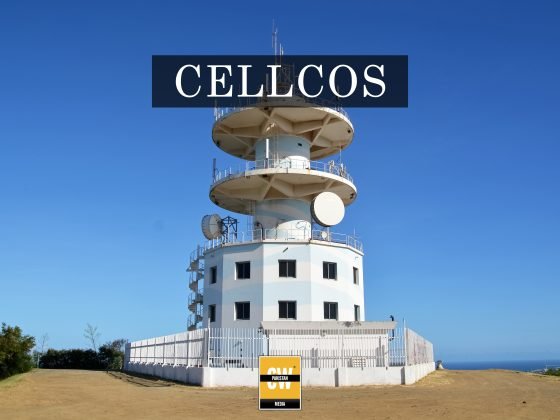ISLAMABAD: The Pakistan Telecommunication Company Limited (PTCL) announced in a press statement on Wednesday that it has completed the nation’s first trial of one-terabit transit capacity per wavelength, or one trillion bits or pieces of binary data.
The PTCL Metro Transport Network was upgraded to one terabit per channel for the trial, boosting its capacity to extremely fast speeds of 32 terabits per fibre, which was carried out in conjunction with Nokia in a real network environment.
In less than two seconds, one terabyte of bandwidth can download the whole HD season of Game of Thrones and accommodate 300,000 simultaneous HD video zoom conversations.
According to a press statement, the experiment was based on Nokia’s Photonic Service Engine Transport Technology, which is intended to increase network capacity and deliver a better customer experience with quicker and greater bandwidth.
“This pilot transformation will lead to transport network enablement for future technologies while creating new opportunities for industries as well as individuals,” it said. “This is yet another step on PTCL’s road map and resolve to prepare its network infrastructure for embracing the growing data traffic demands of high-speed services and bandwidth intensive applications, including ultra-HD video streaming, industrial automation, smart cities and e-learning platforms for its subscribers and enterprise customers.”
Digitizing the customer experience, according to PTCL Group Chief Technology Officer Jafar Khalid, will help meet the corporate and consumer sectors’ increasing need for data traffic.
“PTCL was able to test bandwidths up to one terabit thanks to Nokia’s cutting-edge technology and expertise, which will help us deliver a superior customer experience and allow smooth future development of our transport network capacity across Pakistan,” Mr. Khalid stated.
The PTCL has said that the Flexgrid architecture allowed PTCL to modernise and upgrade its optical network to provide individuals and enterprises with “a fast and reliable network connectivity”.








